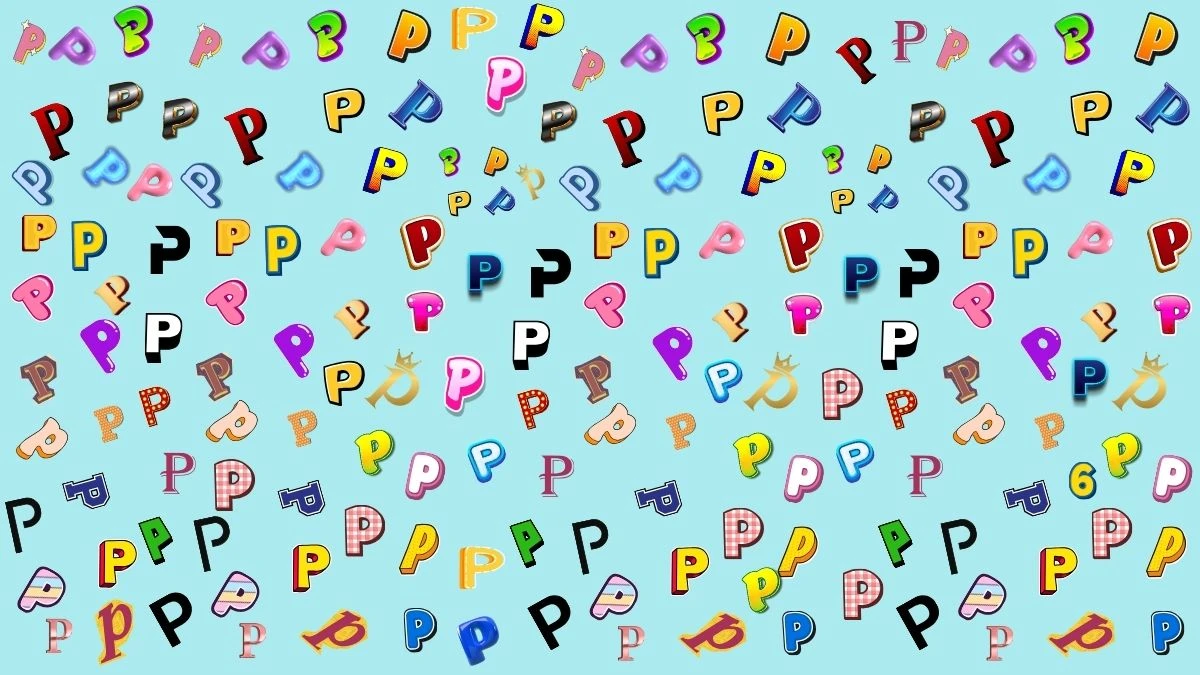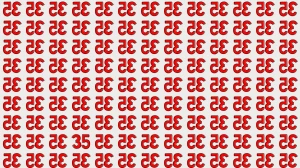Optical Illusion
An optical illusion is a visual phenomenon where our perception of an image or scene doesn't match its true nature. This happens because of how our brain processes visual information, often leading to misinterpretations.
Optical illusions can make stationary objects seem like they are moving, alter their color, shape, or size, or even create a sense of different perspectives or dimensions.
These effects occur due to factors like how light and color are perceived, the arrangement of visual elements, or how the brain interprets certain cues.
Optical illusions reveal the gap between reality and perception, playing on our brain's reliance on context, assumptions, and prior knowledge to make sense of what we see. Classic examples include the "rotating dancer" illusion and the "impossible triangle," where the brain struggles to resolve conflicting visual information.
Observation Find it Out: Within 6 Seconds Spot The Number 6 among P
This image offers a fun and challenging visual puzzle where numerous colorful and uniquely styled letter "P"s are scattered across a bright blue background.
Hidden somewhere among them is a sneaky number "6," and the goal is to find it within just 6 seconds. Although the "P" shapes are dominant, the number "6" subtly blends in because of its similar curved structure.
Careful attention to the shape and completeness of the curves is key to spotting the difference.
Challenges like this not only make for a fun brain teaser but also help sharpen your focus, attention to detail, and speed of visual recognition.

Observation Find it Out: Within 6 Seconds Spot The Number 6 among P - Solution
In this visual puzzle filled with colorful and uniquely styled "P" letters scattered across a light blue background, the hidden task was to find the number "6" within just 6 seconds. Upon close observation, the number "6" can be spotted toward the bottom right part of the image.
It is cleverly blended among the "P"s but stands out once you focus on the shape — unlike the "P," which has an open curve, the "6" has a closed loop, making it distinct. The number "6" is highlighted inside a circular marker for easy identification.
This challenge tests quick recognition skills, attention to detail, and visual sharpness, making it a fun and effective brain exercise.






